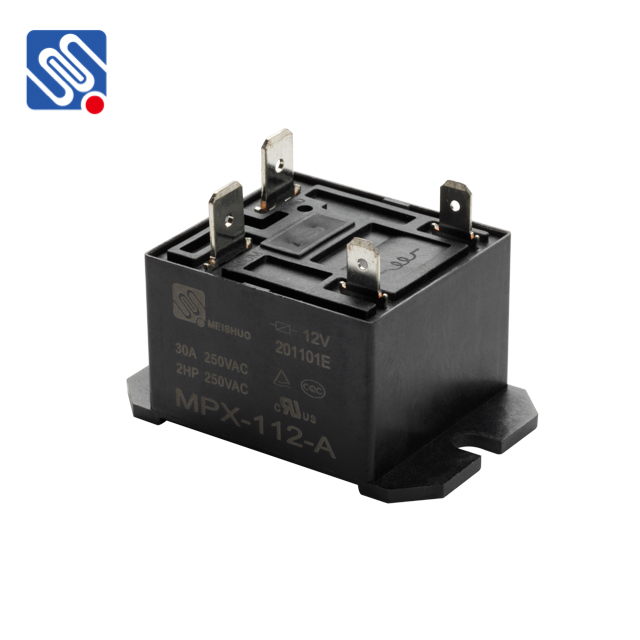Relays play an essential role in electrical and electronic systems by acting as switches that control the flow of electricity. Their primary function is to open or close a circuit in response to an electrical signal, enabling the control of larger loads with smaller control signals. Given their critical importance across various applications such as industrial automation, telecommunications, automotive systems, and household appliances, it is essential that relays adhere to a set of industry standards. These standards ensure that relays are safe, reliable, and effective in their specific roles.

Key Relay Industry Standards There are several international and regional standards that govern the design, manufacturing, and testing of relays. These standards are set by a range of organizations including the International Electrotechnical Commission (IEC), Underwriters Laboratories (UL), and the International Organization for Standardization (ISO). Here are some of the most important standards that are commonly applied to relays. 1. IEC 61810 – Electromechanical Relays One of the most widely recognized international standards for relays is IEC 61810. This standard covers electromechanical relays and defines the general requirements for their construction, testing, and performance. It includes specifications related to the relay’s electrical and mechanical properties, ensuring that they meet specific reliability and durability criteria. The IEC 61810 standard is fundamental for ensuring that relays can function properly in different conditions without failure, making it essential for industrial and residential applications.